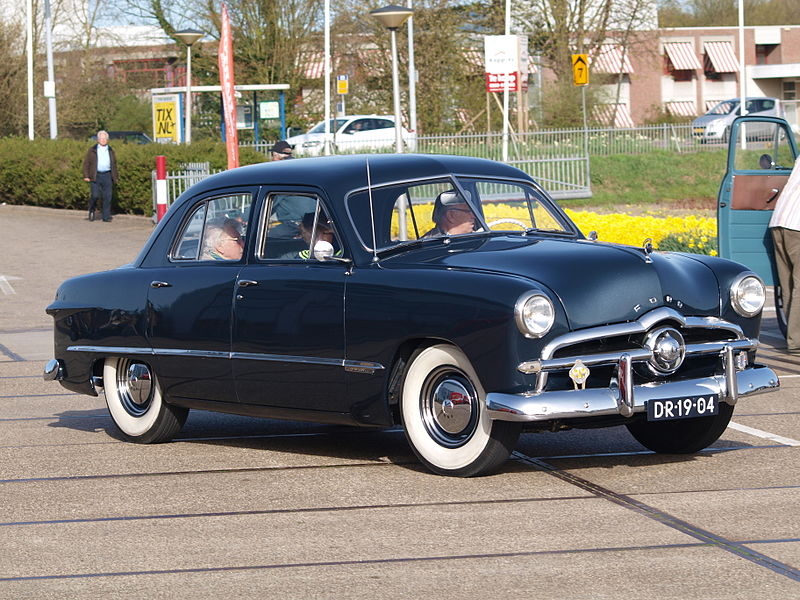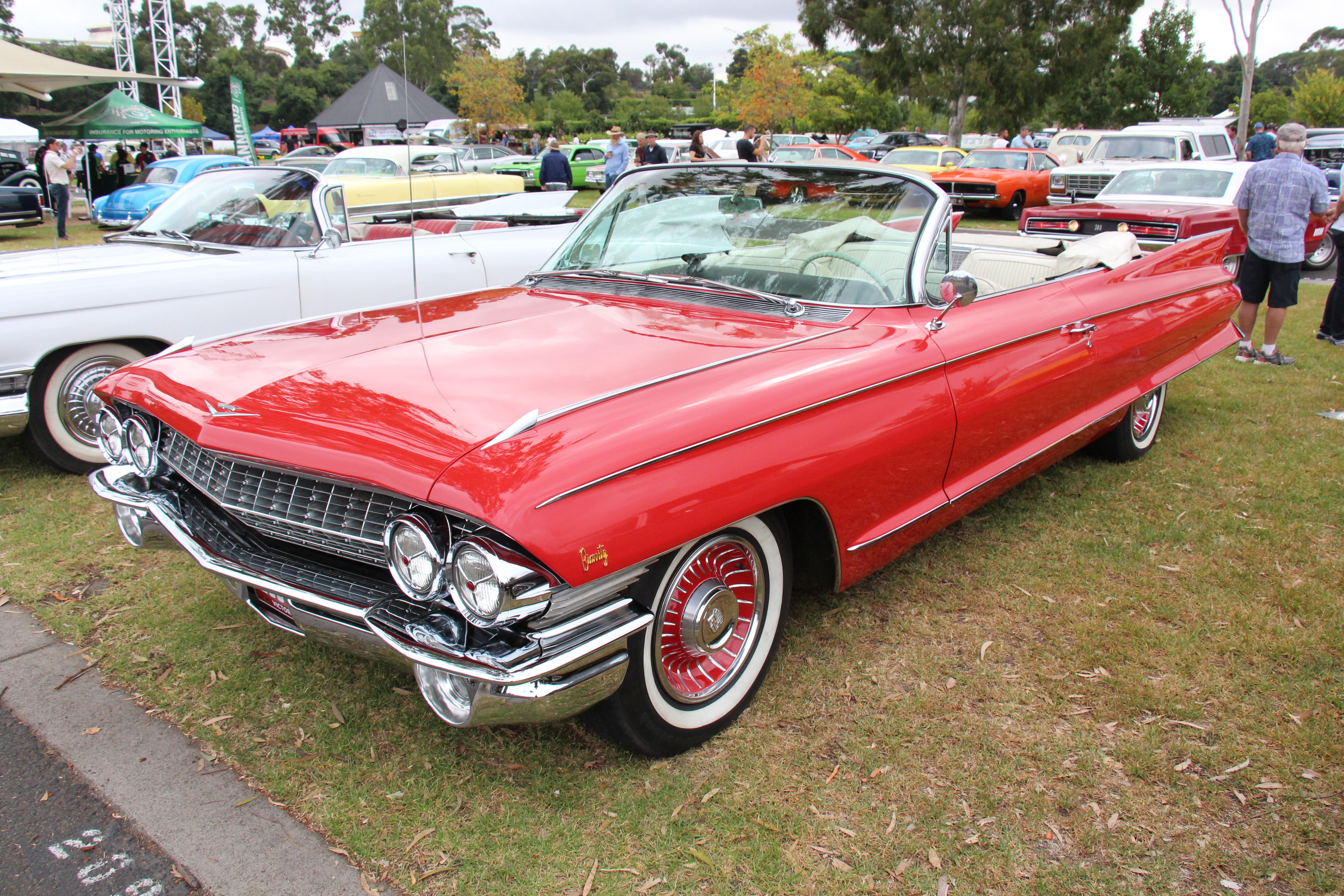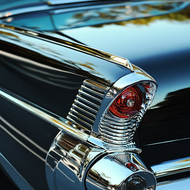Why Is Chrome Losing Its Shine With Current Automotive Culture?
Posted by Christopher Nagy on Dec 23rd 2024
For many admirers of vehicles from the 1940s through to the 1960s, there is an instant attraction as light beams off chrome exterior and interior surfaces. The striking appearance of the bullet-nosed grille on a shoebox Ford, the accent along the windows of a 1957 Chevrolet hardtop or the door handles of a 1961 Cadillac Eldorado shine thanks to the treatment that proves both aesthetically pleasing as well as protective.
Commonly
presented with a silvery finish, chrome plating can occasionally appear in gold
or rose colours. Black chrome is another option that has proven popular in
recent years combining dark to contrast a rich shine.

What Is Chrome’s Origin And Its Characteristics?
Chromium, an element discovered in the late 18th century by French chemist Louis Nicolas Vauquelin, serves as the main ingredient to chrome plating noted for being highly resistant to corrosion.
Applied to a metal surface through a procedure called electroplating, a part is fed with an electrical charge luring chromium to coat its surface. Chrome electroplating was first used in jewelry but would be rapidly adopted for use with automobiles in the 1930s taking the place of nickel plating. Chromium’s protective properties made it a vital substance during World War 2 for the production of stainless steel and other essential materials.
Chrome’s Shining Moment
Chrome plating returned with a vengeance with the post-war automotive boom in North America. Not only was the stylish, protective coating being applied to high end Cadillacs, Lincolns and Packards but its use was also found on lower level vehicles. Typically, the greater amount of chrome symbolized a higher trimmed version of a vehicle lineup.
Chrome trim reached its peak in the late 1950s with parts receiving the shiny, protective treatment on the exterior including but not limited to grilles, wheel covers, mirrors and door handles. The interiors of vehicles of the era were adorned with generous chrome touches appearing with switches, dash panels and within steering wheels. More sparing application of chrome under the hood and along the underside of vehicles.
Among the
most extreme showcases for chrome trim during the era was found on the 1958
Cadillac and Buick models. An example of lavish chrome is attached to the big
and beautiful 1958 Buick Roadmaster model featuring the treatment on its
massive bumpers as well as on its grille which had chrome framing 160 square
slots.

When Did The Shine Wear Off?
Since its heyday in the late 1950 to the early 1960s, applications for chrome trim pieces have been more subdued with automotive design in recent decades. A greater use of plastics and other materials coincided with automakers finding other options for creating the mirror-like appearance. Although automakers have backed away from chrome plating, the automotive aftermarket has kept the classic treatment solution relevant. Restoration of classic and antique vehicles as well as car customization has sustained a demand for chrome.
A more pressing concern related to chrome trim is complications related to hexavalent chromium (the particular type of chromium that had been widely used for automotive ). While chrome plated pieces are not toxic and safe to handle in its finished form, the electroplating emissions involving the treatment of parts using hexavalent chromium has been linked to health risks including lung cancer. For this reason, governments in many regions of the world have moved to restrict or phase out hexavalent chromium with trivalent chromium being presented as a less toxic alternative for future chrome plating.
While the
future of chrome in the modern auto industry is marred with uncertainty, the
attraction to the vivid shine has proven to be as long-lasting as the plated
parts.
Looking for Chrome? We can help you out. See our wide selection of classic chrome.

